Urban South Africans use what little green space is available to them very creatively, and deserve more support
Religious gatherings often take place on what little green space is available in cities. These spaces must be preserved and protected, say the authors.
All city dwellers need green spaces. In South Africa, parks are mostly in rich suburbs, but people in other areas have found creative ways to use what little “green infrastructure” is available to them – often with no official help. Green infrastructure includes public parks, street trees, green roofs, nature reserves, urban agriculture, and greenways.
A recent study by Zander Venter and colleagues found that parks in South Africa occur mainly in neighbourhoods with an average of 82% higher income than areas without parks, and white-dominated neighbourhoods have 12% higher tree cover than other areas. The researchers used the Open Street Maps platform to analyse available park areas in all cities across the country. The results led them to coin the phrase “green apartheid”.
The World Health Organisation recommends that a minimum of 9m2 of green space be available per person. For many people, especially the urban poor, this standard is not met.
But even where there are no parks, research by the Integrated Green Infrastructure Planning (GRIP) group (a joint project of Aarhus University and the University of Pretoria funded by the Danish International Development Agency) shows that people in South Africa make use of green infrastructure in uniquely local ways. In between the dense, rapidly urbanising neighbourhoods, South African cities still contain many semi-natural tracts of land. These were included in spatial plans as buffers between racially segregated neighbourhoods under apartheid spatial planning.
Read the full article on GroundUp
Authors: Peta Brom, Ida Breed, Kristine Engermann-Jensen, Titilope Onaolapo and Maya Pasgaard
Recommended by Luisa Bravo

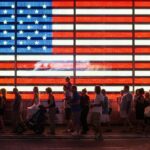
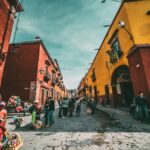
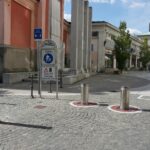


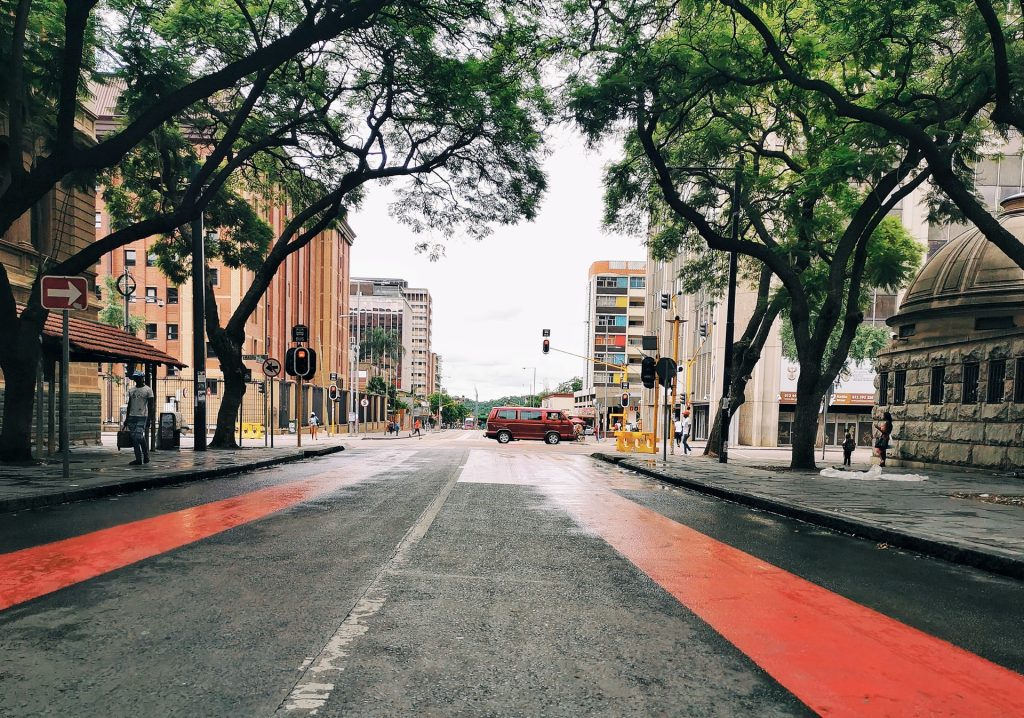
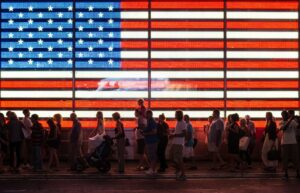
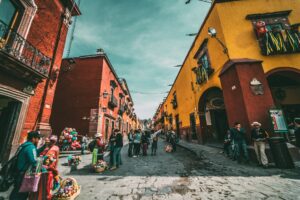
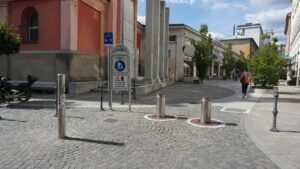
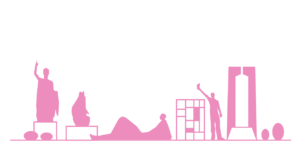
More Stories
Can public spaces be designed and managed for all in African cities?
Kamwokya Community Center by Kéré Architecture
Creating Great Public Spaces in Three African Cities